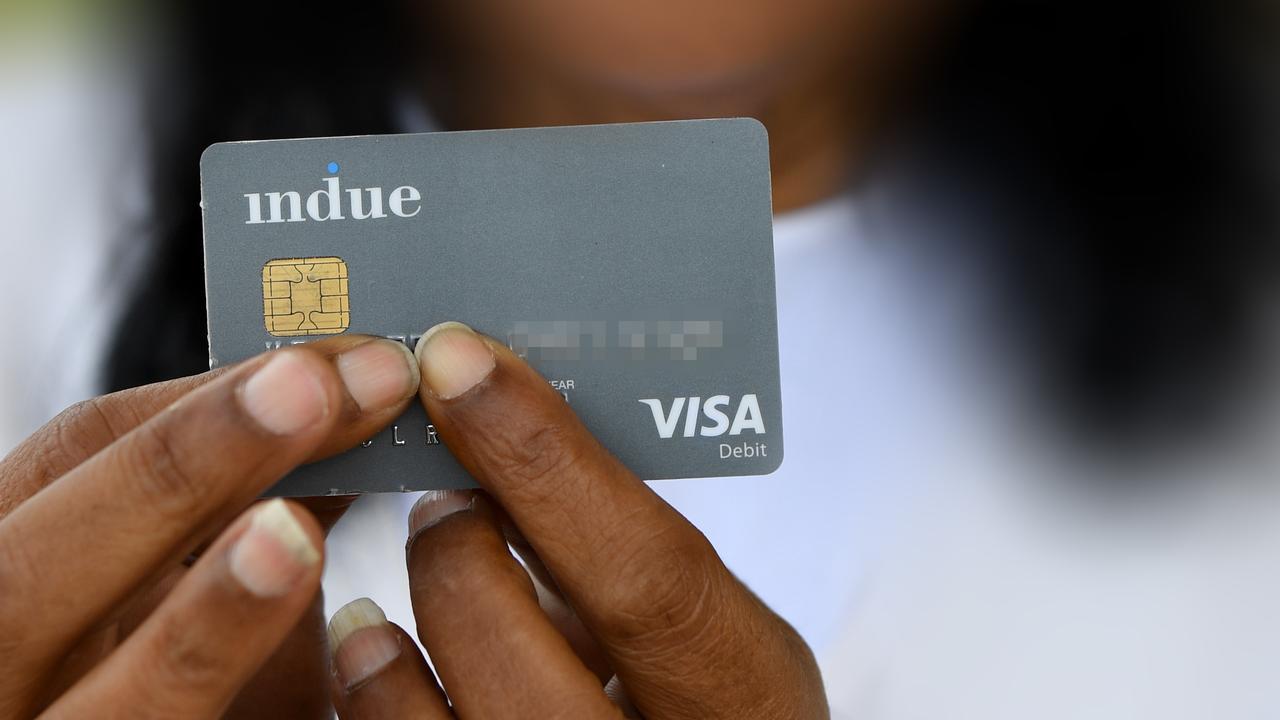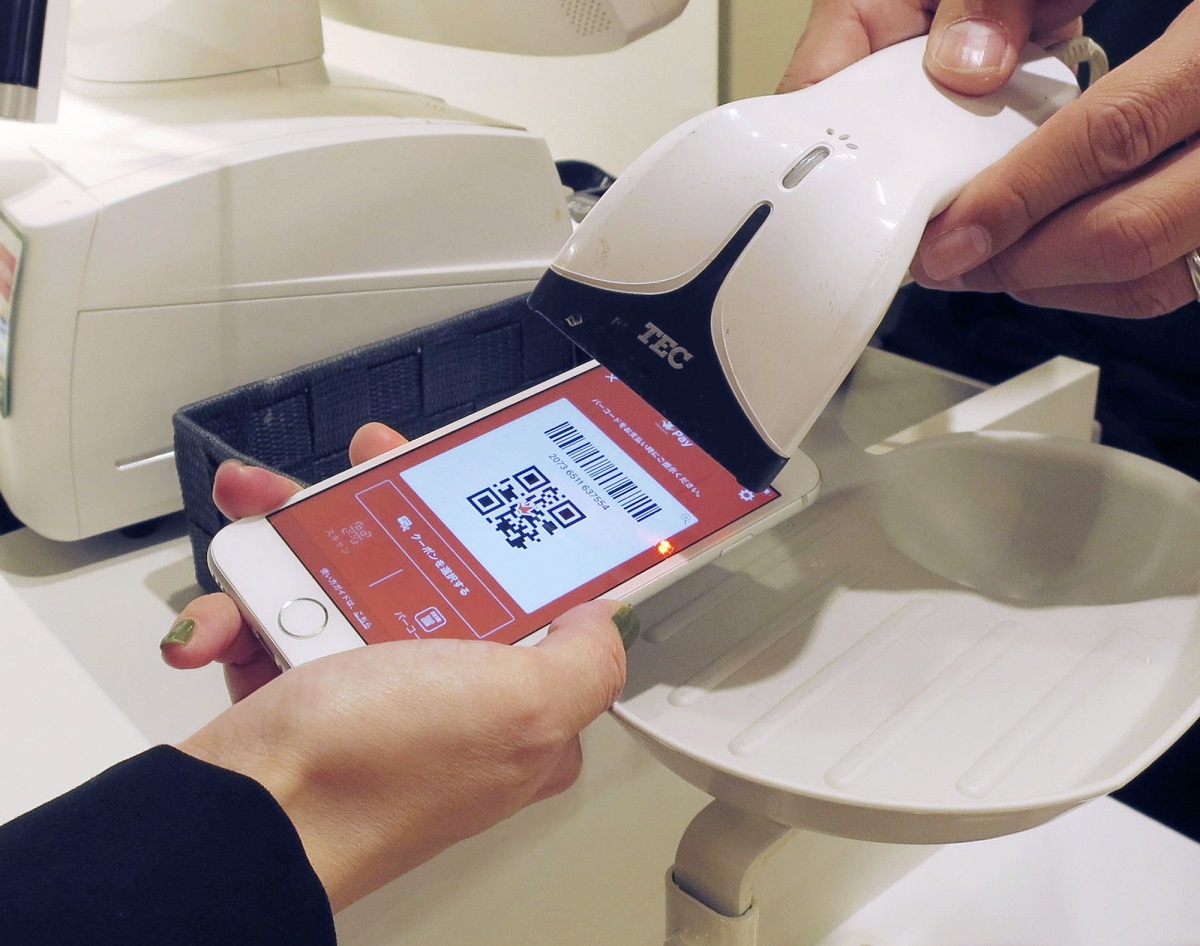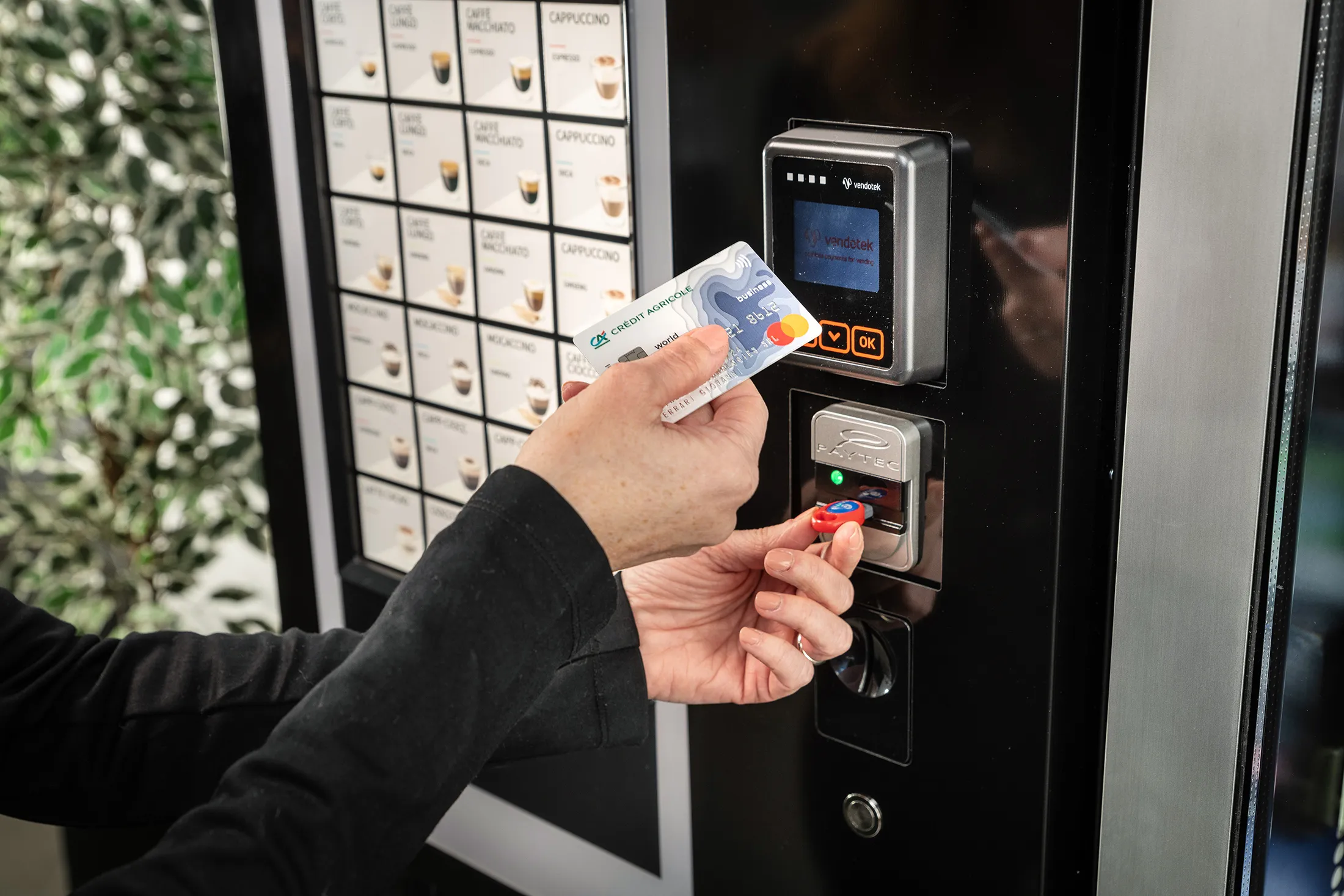Introduction
The Cashless Debit Card, also known as the CDC, has become an increasingly prevalent topic in discussions regarding welfare and social support programs. This government initiative aims to address issues related to substance abuse and gambling in certain communities by restricting the use of welfare funds to essential items. In this article, we will explore what the Cashless Debit Card is, how it works, its benefits, and the criticisms surrounding its implementation.
The Cashless Debit Card was first introduced in several trial sites in Australia as a way to help individuals and families receiving government income support manage their finances more responsibly. The focus of the program is to reduce the negative social impacts associated with the misuse of welfare payments. By limiting the purchase of alcohol, gambling, and illicit substances, the program seeks to encourage healthier spending habits and promote personal well-being.
Supporters of the Cashless Debit Card argue that it provides a practical solution to addressing issues of substance abuse and ensures that welfare funds are used for their intended purpose: meeting basic living expenses. They believe that the card promotes financial responsibility by preventing welfare recipients from spending their funds on harmful activities that can perpetuate a cycle of dependency and hinder personal growth.
However, there are also concerns and criticisms surrounding the Cashless Debit Card. Some argue that it disproportionately affects and stigmatizes certain communities, particularly those with higher rates of unemployment and reliance on government assistance. Critics also question the effectiveness of the program in addressing the underlying issues of addiction and social disadvantage, suggesting that additional support services and holistic approaches should be implemented alongside the card.
In the following sections, we will delve deeper into how the Cashless Debit Card works, the benefits it offers, the criticisms it faces, and the process of its implementation. Through a comprehensive understanding of this program, we can foster informed discussions on its implications for individuals and communities, as well as explore potential alternatives to address the complex issues it seeks to resolve.
What is the Cashless Debit Card?
The Cashless Debit Card (CDC) is a form of welfare payment management system that restricts how funds from government income support can be spent. It was initially introduced in select trial sites in Australia with the goal of addressing issues such as substance abuse, gambling, and welfare dependency within specific communities.
When a person is enrolled in the Cashless Debit Card program, a portion of their welfare payment is allocated to a restricted bank account. This account is linked to a physical card that can only be used to make purchases at approved merchants and for approved items.
The card operates on a “tap and go” system, similar to a contactless debit or credit card, making it convenient for users to make purchases. However, the card is programmed to decline transactions for restricted items, which typically include alcohol, cigarettes, gambling products, and cash withdrawals.
One of the key features of the Cashless Debit Card is that it works with existing EFTPOS (Electronic Funds Transfer at Point of Sale) technology, ensuring that it can be widely accepted at approved merchants. This allows individuals to use the card for essential items such as groceries, clothing, and utilities, while limiting access to potentially harmful substances or activities.
In addition to the restrictions on purchase types, the card also sets limits on the proportion of funds that can be spent on certain products. For example, a recipient may be limited to using 80% of their funds for approved items, while the remaining 20% can be withdrawn as cash or used for non-restricted purposes.
It is important to note that the Cashless Debit Card does not replace the traditional payment methods or bank accounts of welfare recipients. Instead, it operates as an additional tool to assist individuals in managing their finances and making responsible spending choices.
Overall, the Cashless Debit Card aims to address social issues associated with welfare reliance by promoting responsible spending habits and reducing access to potentially harmful substances or activities. While its implementation and effectiveness have been subject to debate, the program continues to be trialed and expanded in certain communities around the world.
How does the Cashless Debit Card work?
The Cashless Debit Card (CDC) works by placing restrictions on how welfare funds can be spent, providing a mechanism for individuals to manage their finances responsibly. Here’s a breakdown of how the card operates:
1. Enrolment: Participants in the Cashless Debit Card program are identified based on certain criteria, such as their location or involvement in specific welfare programs. Once identified, individuals are enrolled in the program and provided with a CDC.
2. Restricted account: A portion of the individual’s welfare payment is allocated to a restricted bank account, which is linked to the Cashless Debit Card. This account holds the funds that can be used for approved purchases, while limiting access to restricted items.
3. Approved merchants: The Cashless Debit Card can only be used at approved merchants and for approved items. These merchants include supermarkets, clothing stores, and utility providers, among others. Transactions at prohibited locations, such as liquor stores or gambling establishments, will be declined.
4. Transaction limits: The Cashless Debit Card sets specific limits on the proportion of funds that can be spent on certain products. For example, a participant may be restricted to using 80% of their funds on approved items, while the remaining 20% can be used for non-restricted purposes or withdrawn as cash.
5. Contactless payment: The Cashless Debit Card operates through the use of EFTPOS technology, allowing participants to make contactless payments. This method ensures that the card is widely accepted at approved merchants, making it convenient for users to purchase essential items.
6. Monitoring and support: The CDC program includes monitoring and support mechanisms to assist individuals in maintaining responsible spending habits. This may involve financial guidance, budgeting tools, and access to support services to address underlying issues, such as addiction or mental health concerns.
Through these mechanisms, the Cashless Debit Card aims to provide individuals with the means to make informed choices, while reducing the likelihood of welfare funds being spent on harmful substances or activities. By creating boundaries and encouraging responsible financial management, the goal is to promote personal well-being, strengthen communities, and reduce the cycle of welfare dependency.
Benefits of the Cashless Debit Card
The Cashless Debit Card (CDC) has been implemented with the intention of bringing several benefits to individuals and communities. While its effectiveness has been a subject of debate, proponents of the program highlight the following advantages:
1. Financial management: The Cashless Debit Card promotes responsible financial management by restricting the use of welfare funds to essential items. By limiting access to potentially harmful substances or activities, it aims to empower individuals to make better spending choices and avoid the trap of welfare dependency.
2. Improved health and well-being: By curbing spending on alcohol, illicit drugs, and gambling, the CDC is designed to improve the overall health and well-being of individuals. It seeks to reduce the detrimental impacts of substance abuse and addictive behaviors, fostering a healthier and more stable lifestyle.
3. Community safety: The CDC aims to enhance community safety by reducing the incidence of alcohol-related violence, crime, and anti-social behavior. By limiting the availability of funds for alcohol and gambling, the program strives to create safer environments for both individuals and communities.
4. Increased accessibility: The Cashless Debit Card is widely accepted at approved merchants, including supermarkets, clothing stores, and utility providers. This ensures that individuals can easily use the card to purchase essential items and access necessary services, promoting financial inclusivity and accessibility.
5. Support services: The CDC program is often accompanied by additional support services, such as financial counseling, addiction treatment, and mental health support. This integrated approach aims to address the underlying issues that contribute to welfare dependency, ensuring individuals receive the necessary assistance to rebuild their lives.
6. Reduced social stigma: By applying the CDC to all eligible individuals in designated trial sites, the program helps minimize the potential stigma associated with receiving welfare benefits. The universal implementation ensures that the card is not solely focused on a specific demographic, creating a more inclusive social environment.
7. Evaluation and refinement: The ongoing implementation of the Cashless Debit Card allows for evaluation and refinement of the program. Lessons learned from trial sites can inform future iterations, ensuring that the CDC continues to adapt and improve its effectiveness in enhancing financial well-being and reducing social issues.
While these benefits highlight the potential positive outcomes of the Cashless Debit Card, it is essential to consider the limitations and criticisms of the program, which we will explore further in the subsequent sections.
Criticisms of the Cashless Debit Card
The Cashless Debit Card (CDC) has faced various criticisms since its implementation in select trial sites. While supporters argue that the program promotes responsible spending and addresses social issues, critics highlight the following concerns:
1. Stigmatization: Opponents argue that the CDC stigmatizes individuals receiving welfare benefits, particularly those in designated trial sites. They believe that the program unfairly targets specific communities and reinforces negative stereotypes associated with welfare dependency, leading to potential social exclusion and discrimination.
2. Limited impact on addiction: Critics question the effectiveness of the Cashless Debit Card in addressing the underlying issues of addiction. They argue that while the program restricts spending on substances, it does not provide comprehensive solutions to address addiction itself. They advocate for a more holistic approach that combines financial management with accessible and tailored support services.
3. Financial hardship: Some individuals argue that the CDC creates financial hardship, particularly for those who rely on cash for essential expenses or who have difficulty accessing approved merchants. They highlight issues such as additional fees, technology limitations, and the inability to make purchases from small businesses that may not be CDC-compatible.
4. Limited autonomy and choice: Critics raise concerns about the restriction of individual autonomy and choice. They argue that the program takes away the ability for individuals to make decisions about how they spend their welfare funds, which may be perceived as paternalistic and limiting personal freedoms.
5. Unequal impact: There are concerns that the CDC disproportionately affects certain demographics, such as Indigenous communities and individuals with disabilities. Critics argue that the program overlooks the root causes of social issues and that additional support services should be implemented alongside or instead of the CDC to address the systemic factors contributing to welfare dependency.
6. Insufficient evidence of success: Skeptics question the tangible evidence of the CDC’s success in achieving its stated goals. They argue that comprehensive evaluations are needed to assess its long-term impact on reducing substance abuse, improving financial well-being, and promoting positive social outcomes.
7. Potential for expansion: Some critics express concern that the Cashless Debit Card may have the potential to be expanded beyond its initial scope, impacting a larger portion of the population and further restricting personal freedoms. They caution against the program’s potential expansion without clear evidence of its effectiveness and without considering alternative strategies.
Understanding and addressing these criticisms is crucial to fostering constructive dialogue and shaping welfare policies that effectively address social issues while upholding individual autonomy and dignity.
Implementation of the Cashless Debit Card
The implementation of the Cashless Debit Card (CDC) involves a multifaceted process that requires cooperation between government bodies, service providers, and participating communities. Here are the key aspects of the CDC implementation:
1. Trial sites: The Cashless Debit Card was initially introduced in designated trial sites, where individuals receiving government income support were enrolled in the program. These trial sites allowed for the assessment of the program’s effectiveness in addressing social issues and informed the expansion of the CDC to additional locations.
2. Legislative framework: The implementation of the CDC required the development of legislation and regulations that define the parameters of the program. These laws outline eligibility criteria, payment allocations, and the restriction of certain purchases. They also establish the legal framework for the collection and use of data related to the program.
3. Government partnerships: The success of the CDC relies on partnerships between various government agencies, including social services, finance, and technology departments. These collaborations ensure the smooth operation of the program and facilitate the allocation and management of welfare funds.
4. Engagement with communities: The implementation process involves extensive community engagement and consultation to ensure that the CDC aligns with the specific needs and circumstances of each trial site. Community input is sought to address concerns, adapt the program as necessary, and provide ongoing support services tailored to each community’s requirements.
5. Technology integration: Technical infrastructure and integration with existing financial systems play a significant role in the implementation of the CDC. This includes the development and deployment of technology solutions that enable seamless transactions, secure data management, and monitoring capabilities to ensure program compliance.
6. Comprehensive evaluation: The implementation of the CDC is accompanied by an ongoing evaluation process, which involves monitoring the program’s effectiveness and impact. This evaluation helps identify areas for improvement, assess the achievement of program objectives, and inform policy decisions regarding the expansion or refinement of the CDC.
7. Continuous improvement: Lessons learned from trial sites and evaluative feedback contribute to the ongoing refinement and improvement of the Cashless Debit Card. This iterative approach ensures that the program evolves based on evidence and adapts to the changing needs of individuals and communities.
The implementation of the Cashless Debit Card is a complex undertaking that requires coordination and collaboration among various stakeholders. By involving communities, utilizing suitable technology, and conducting ongoing evaluations, the aim is to create a program that effectively addresses social issues while minimizing unintended consequences.
Conclusion
The Cashless Debit Card (CDC) is a welfare payment management system that aims to address issues such as substance abuse, gambling, and welfare dependency. While the program has its supporters and critics, it is important to acknowledge the potential benefits and criticisms of the CDC.
Proponents argue that the Cashless Debit Card promotes responsible spending, improves health and well-being, enhances community safety, and offers increased accessibility to essential goods and services. They also highlight the inclusion of support services and the opportunity for program evaluation and refinement.
However, critics express concerns about stigmatization, limited impact on addiction, potential financial hardship, restricted autonomy and choice, unequal impacts, insufficient evidence of success, and the potential for program expansion. They advocate for alternative approaches that address systemic factors contributing to welfare dependency and addiction.
The implementation of the Cashless Debit Card involves trial sites, legislative frameworks, government partnerships, community engagement, technology integration, comprehensive evaluation, and continuous improvement. These elements work together to create a program that seeks to address social issues while ensuring accountability and adaptability.
As discussions around the Cashless Debit Card continue, it is crucial to consider the diverse perspectives and experiences of individuals and communities affected by the program. Evaluating its effectiveness, assessing its impact on personal dignity and autonomy, and exploring alternative strategies will contribute to a more comprehensive understanding and informed decision-making process moving forward.
The Cashless Debit Card, like any social policy initiative, should be subject to ongoing evaluation and open dialogue. This ensures that the program’s effectiveness and ethical implications are constantly reviewed and that the welfare and well-being of individuals and communities remain at the forefront of decision-making processes in tackling social challenges.

























